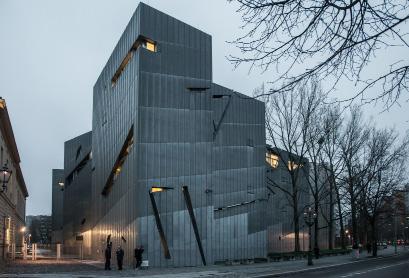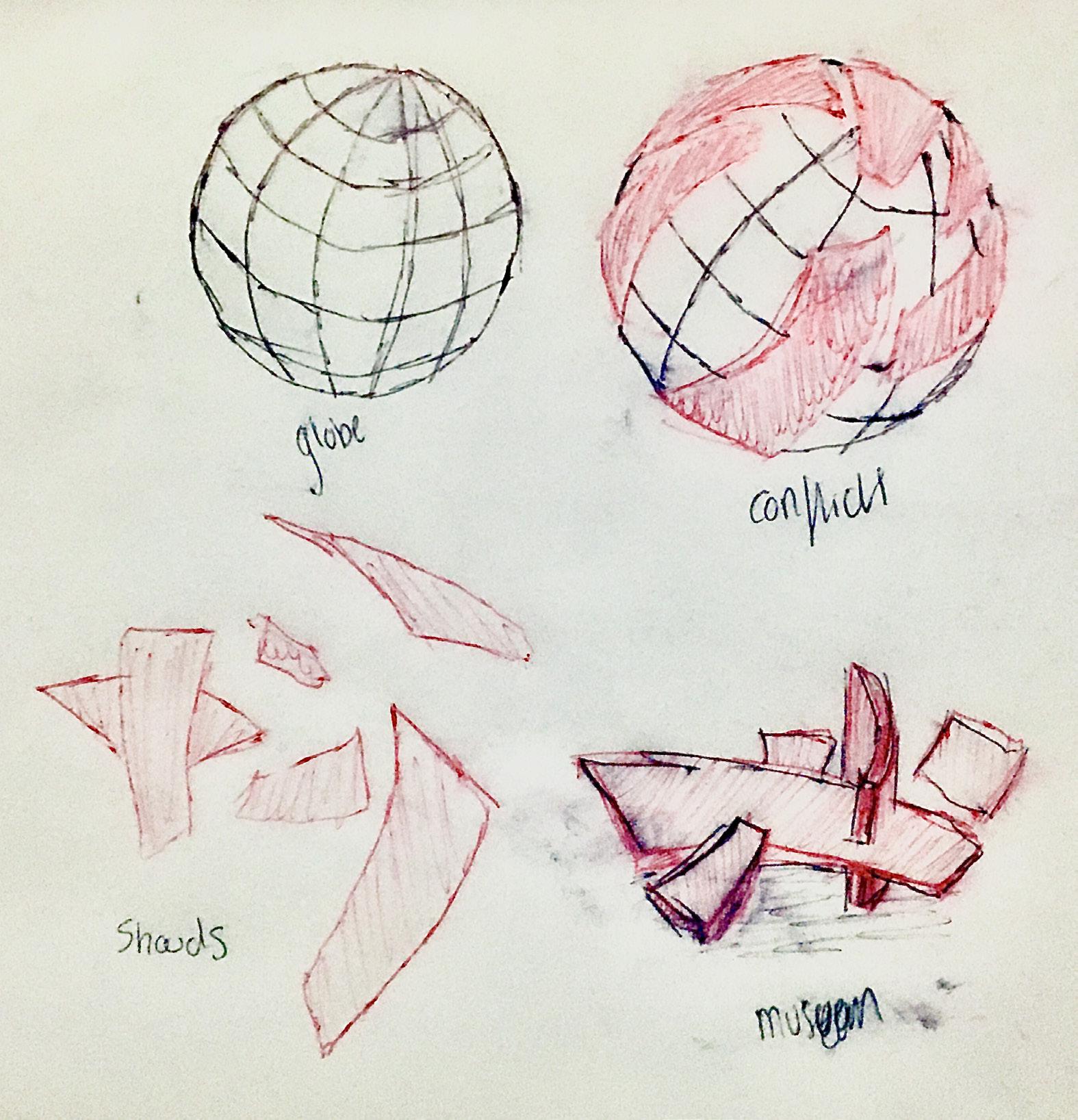
2 minute read
Imperial War Museum North
from Iconic Architecture
by Amir1851
Imperial War Musuem North
The Imperial War Museum North (Fig. 4) was the first branch of the Imperial War Museums (IWM) to be opened outside of the Southeast, England and was designed by Libeskind (Baing, Andreas Schulze, & Wong, Cecilia. 2018). The trustees of the Imperial War Museum needed a space to house collections that were unable to fit in the other exhibitions, attract visitors to the north and wanted to build an iconic building that would be ‘a statement that people got excited about’ (Imperial War Museum North, Manchester. 2004). Although Libeskind’s aim for the IWMN was to tell the story of how war and conflict has affected the lives of those in Britain and commonwealth countries since 1914 (Studio Libeskind, 2020). Libeskind lost his own relatives during the holocost and his parents were holocost survivors, their lives being drastically changed during the second world war under the Nazi regime. Even after the war had ended, anti-seminitsm was still prevalent which then caused his parents to move to Israel in 1957 and then the US in 1965 (Marek, 2010). This would not be the first time Libeskind created a war museum as he is most known for another project, the Jewish Museum (Fig. 5) in Berlin, Germany (Niesewand, 1997).
Advertisement
Figure 5. Jewish Musuem Berlin, Germany. Photographed by Esakov (2010)

The Imperial War Museum North is often seen as an example of deconstructivist architecture (Shaw, Scholes, & Thurgood. 2008). Conceptually the three main structures represent the three interlocking shards of the globe (Fig. 6), each being a different territory of war: Land, air and water (Studio Libeskind, 2020). The idea for this concept was said to have been from Libeskind dropping a teapot from his window and gathering the remains of what was to eventually become the shape of his design (Rushforth, 2003). The funding for the IWMN had been cut but despite this setback Libeskind remained set on there being a strong and stark form without any compromise to the original concept, insisting that the budget cuts would actually help in some ways (Herbert, 2000).
Figure 6. Imperial War Musuem concept drawing, drawn by author. Figure 7. Imperial War Musuem site in the 1900s, Retrieved from DigiMaps

The site in Salford was previously a brownfield site previously used as a shipping dock before it became derelict in the 1980s. Since then numerous regeneration projects have occurred to help boost the cultural and economic value of the area, the Imperial War Museum North being one of them (Baing, Andreas Schulze, & Wong, Cecilia. 2018). The hope for this regeneration scheme was to help improve and solidify Salfords Quays place branding and image with a flagship landmark, with the Guggenheim Museum in Bilbao being used as a precedent with the risk of the outcomes and aims not being achieved still present (Kavaratzis, Mihalis, & Ashworth, Greg. 2015). However, since it’s opening in July 2002, the museum has attracted over one million three hundred fifty thousand visitors and won numerous architectural awards (Conde Nast Traveler Magazine, 2007). The area of Salford Quays had also undergone a major transformation due to the opening of the Imperial War Museum North, Lowry Centre and development of MediaCity are accredited for putting Salford on the map by some critics and even referred to as “Salford’s Guggenheim” because of the influx of visitors and tourists to the area (Aldersey-Williams, 2000).






